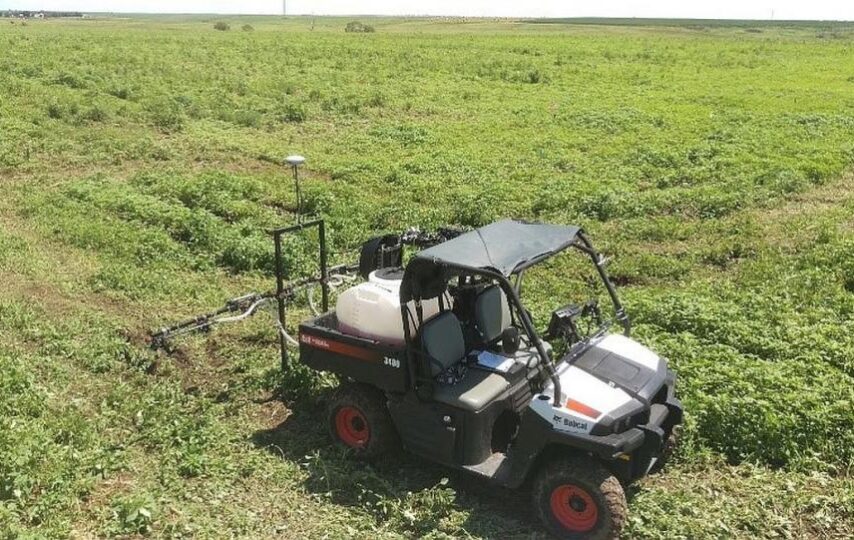A pristine lawn is something that many homeowners desire and with adequate weed control, it’s achievable. One of the most popular strategies is weed spraying, which uses specialised gear to administer herbicides and eradicate undesirable vegetation. However, to make the most of your efforts, please consider these three essential tips when utilizing weed spraying equipment. By taking them into account, both the efficiency and outcome of your project are bound to be optimised, leading to an attractive, weed-free landscape.
To achieve the desired results, you need to be sure to select the right TTi’s extensive range of weed sprayer equipment. Investing in quality tools can make all the difference in the success of your project.
- Choose the Right Equipment
Selecting the most fitting weed-control equipment is fundamental for successful pest management. Numerous options are available, such as handheld sprayers, backpack sprayers, and tow-behind sprayers. Which one is best for you depends on the size of your plot and how severe the infestation is. When making your decision, bear in mind the following points
When it comes to choosing the right equipment for your spraying needs, capacity is an important factor. Smaller gardens may only require a smaller sprayer, whereas you’ll need backpack or tow-behind ones with bigger tank sizes for larger plots of land. Make sure to pick one with enough capacity to get the job done!
To guarantee long-term use, invest in hardware made of top-notch components. Keeping your equipment clean and up to date on its maintenance routine is the key to maximize its lifetime. Be sure to adhere to the manufacturer’s guidelines to ensure your machinery performs at its peak
- Proper Calibration
To guarantee accurate measurements, the instrument must be appropriately fine-tuned. This is called calibration, and it permits you to accurately assess data from your tool.
To ensure the right dosage, you must measure your ground speed. This can be achieved by using a stopwatch to determine the time it takes to go through a given area. Figuring out the right rate of application, depends largely on this step.
When assessing your spray width it is ideal to take a practical approach. Releasing a stream of water onto a surface and walking forward at your normal pace can help accurately ascertain what distance the spray pattern covers. This indicates your effective spray width.
To find out the optimal application rate, easily use the details from your previous calculations. The herbicide label will indicate what rate works best for your specific needs in a convenient digit-based system, either in gallons/acre or liters/acre.
- Timing and Weather Considerations
When scheduling your plan, keep time and weather in mind. Pay attention to both environmental and seasonal factors that could affect your task as these can drastically change the successful execution of your plan.
To maximize herbicide efficiency, it’s essential to spray weeds during the particular growth stage that is most receptive to treatment. The instructions on the product label can serve as a guide regarding when to apply, or alternatively, a garden specialist can provide additional advice and direction.
Spraying on windy days should be avoided as this can contribute to herbicide drift, potentially negatively impacting other desirable plants. Therefore, it’s best to wait until there will not be any rainfall in the immediate future, such as waiting 24-48 hours, to ensure that the herbicide is not washed away thus reducing its effectiveness.













